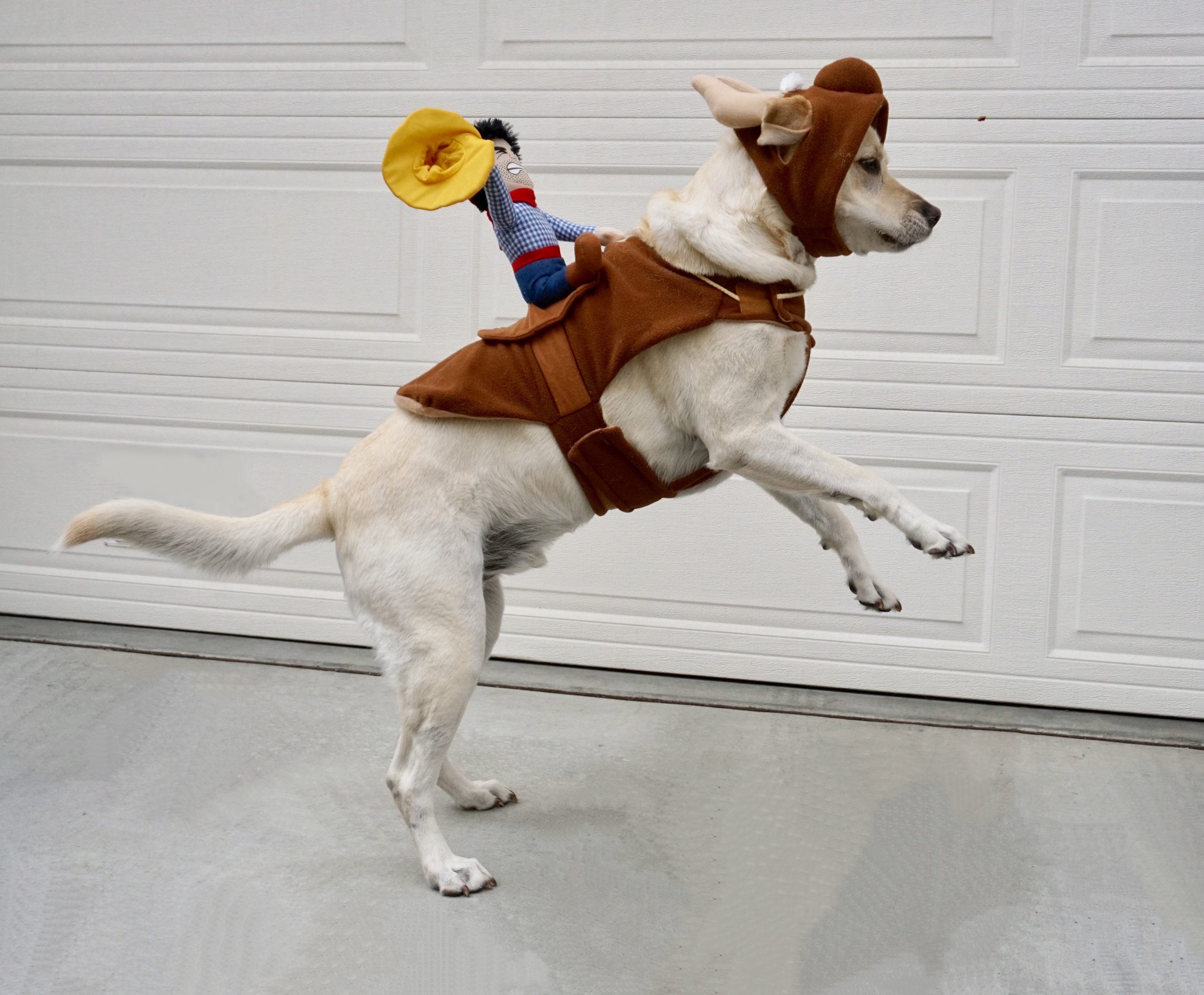Search engines are basically magic. You enter a search query, wait maybe a second, and then you have the culmination of human knowledge at your fingertips.
It’s an incredible thing that can seem complicated, but we’re hoping to break it down for you. Its inner workings are complex, but the foundational idea is simple to understand.
Search engines run on three basic processes: crawling, indexing, and ranking.
The Basics
Crawling
Search engines have these little robots that are also called crawlers or spiders, which sounds way creepier than it needs to. Basically, these robots are constantly making their way around the internet to find any new content, like images, web pages, videos, or anything else available.
These robots spend all day, every day scouring the internet for new information, and then file that content to make sure it’s all accounted for and accessible.
Indexing
Indexing is the next step. This is where the robots take all the documents they’ve gathered around the office and file them based on their content— kinda like the old-school card catalog at the library. This ensures that, when you search “cute dogs wearing cowboy hats,” you have access to every possible search result that has anything to do with cowboy canines.
Ranking
But of course, we don’t want to have to dig through piles and piles of results. The search engine wants to make it as easy as possible for us to find exactly what we’re looking for, so, after indexing, it tries to filter everything to show the most relevant information and results first.
Let’s pretend the whole internet only has three potential images for cute dogs wearing cowboy hats (a saddening thought, for sure). Here’s how the engine will decide what ranks first:
 While this image has a cute dog and there is someone wearing a cowboy hat, it’s clearly not what we meant by our search. If the search engine was functioning just on individual keywords, though, it technically checks all the boxes.
While this image has a cute dog and there is someone wearing a cowboy hat, it’s clearly not what we meant by our search. If the search engine was functioning just on individual keywords, though, it technically checks all the boxes.
Luckily, sites like Google have evolved beyond just checking each individual keyword and now search more based on intent– but we’ll get to that later.

If there were more images that exactly matched our search, this one likely wouldn’t even show up. Search engines may show less relevant content if it’s not sure what you’re asking or just doesn’t have the information you need.
Now we’re getting a bit closer. There’s definitely a cute dog, there’s a cowboy theme, and the dog is technically wearing the hat, although not in the way we’d anticipated.
With the context of the site, the caption for the image, and any alt tags, most search engines will be able to tell that while this is a nice picture, it’s not the most relevant.
 Now this is what we’re looking for!
Now this is what we’re looking for!
- Traditionally cute animals
- Dogs and hats, both plural
- Each wearing hats in an expected way
- “Cowboy” is the descriptor for the hats, not another entity
This is clearly the most relevant image, and, as such, Google and other search engines would definitely rank it first. Well, depending on the source. Some sites are already more favorable in Google’s eyes if their large trusted domains and therefore have higher domain authority– more on that in a bit.
So How Do the Web Crawlers Know Something’s Relevant?
The shortest answer is just math. Very, very complicated math– algorithms, to be more exact. So the next question is:
What Are Search Engine Algorithms?
An algorithm, in general, is a set of rules that help a person get their desired result. In this case, Google algorithms help you get from your search term to the blog or web page you need.
One of the problems with fully understanding Google algorithms is that Google doesn’t share full information on how it works. There is a reason for this, but we’ll get to that in a second.
For now, however, here’s the basic process:
- Google has determined what aspects make a high-quality website
- It then assigns a value to each of these aspects
- When a web crawler goes through your website, it gives you a grade according to the high-quality aspects you have there
- This grade is your ranking.
The ranking tries to reflect the relevance an article has for a specific question or keyword, so think about what you want people to search to find your content. If people are opening your article and immediately closing it, Google will take note and start ranking it below the websites that keep people’s attention longer.
While Google does keep quiet on many factors of a page that the algorithm considers, they have shared that some, like:
- Keywords: this goes beyond just matching the keywords in a search to the keywords on your page. As mentioned above, all of those images could technically have all the keywords in our search term, but it’s how they work together and the meaning of the entire key phrase that really matters.
- Mobile responsiveness: More and more people are using their phones to search, and honestly it’s just annoying to stumble on a site that has a font smaller than the ridges of your fingerprint.

- Number of quality links you have on pages: The number and type of links help show Google where you fit into the internet at large. With our example images, it’ll be a lot more helpful to have a link to an Instagram page devoted to cute dogs rather than a link to the National Cowboy Museum. But hey, pretty much any link is a good link, as long as it’s not going to your competitor or a spam site.
- Site authority: This one’s a bit harder to control, but it’s basically how much clout your site has. It’s based on a variety of factors, like how large the business is, how much good quality content it produces, and how much Google trusts the domain itself. For instance, if an article on dogs with cowboy hats was posted on CNN.com, it would likely rank higher than an identical article posted on auntjudyspuppies.com because CNN has a significantly higher authority. And because auntjudyspuppies.com doesn’t exist, sadly.
So Why Doesn’t Google Share the Algorithms?
For one, Google is constantly tweaking it’s algorithm to make it better and better. But it’s also to prevent people from trying to shortcut through the system
So if Google flat out said that keywords are the one deciding factor, sites would sacrifice quality content to flood their pages with keywords. Thanks to the algorithms, Google can tell when keywords are used naturally and when they are crammed in, which helps sites with quality content ranking higher.
If Google shared its algorithms, those people would find a way to take advantage of them and rank higher than the ones genuinely trying to make good content. When Google picks up on new ways of “hacking” SEO, they update the algorithms to prevent it from happening. While these updates seem annoying, they actually do aim to help honest website owners and searchers.
3 Cheap SEO Tactics and Why You Should Avoid Them
While Google isn’t super forthcoming about what exactly helps you rank higher, they’re more amenable to sharing what will hurt your rankings. Some of the annoying, less savory SEO tactics that can penalize your site include:
Keyword Stuffing
Keywords are essential to a site’s success, of course. However, using them too much isn’t just bad SEO. It’s tacky and annoying to read. It’s like trying to stuff product placement into movies or TV shows every 2 minutes– we get it, you’re sponsored by Kia. Please move on to the good stuff.
Anyway, Google notices overuse and ranks those sites far lower, so no one has to see them.
Duplicate Content
 This tactic is basically just plagiarizing. Actually, it is just plagiarizing. If you copy and paste content from a site ranking better than yours, Google will notice and will not approve.
This tactic is basically just plagiarizing. Actually, it is just plagiarizing. If you copy and paste content from a site ranking better than yours, Google will notice and will not approve.
You can also plagiarize yourself by copying content onto multiple pages (usually as another way to stuff in keywords). Obviously, if your site is dedicated to dogs in hats or whatever product/service you sell, there’s going to be a fair bit of overlap, but there needs to be some kind of differentiation in the content or Google will flag it.
Exact Match Anchor Text
Any links you add to your page need to be natural to rank well. As such, you want to be careful about the anchor text you use. More specifically, you don’t want to use the same anchor text for two or more links.
For example, you shouldn’t have “hiking boots,” “hiking shoes,” and “hiking boots for men” as anchor text in the same piece of content leading to the exact same page. That’s not a natural way to link, and web crawlers will notice.
Want Healthy SEO?
Even without a full understanding of Google’s algorithms, there is a pretty simple tip that can provide effective SEO: be natural. In everything you do, from the content you write, the links you add, the comments you allow, and the number of keywords you do, just be natural.
Think about having a conversation with a friend or colleague. Would you naturally use the same word 15 times in a five-minute conversation? Probably not. So don’t do it in your content!
If you’re not sure how to run a good enterprise SEO campaign, well, that’s what we’re here for. Contact us for a consultation and/or more pictures of cute dogs in hats.





